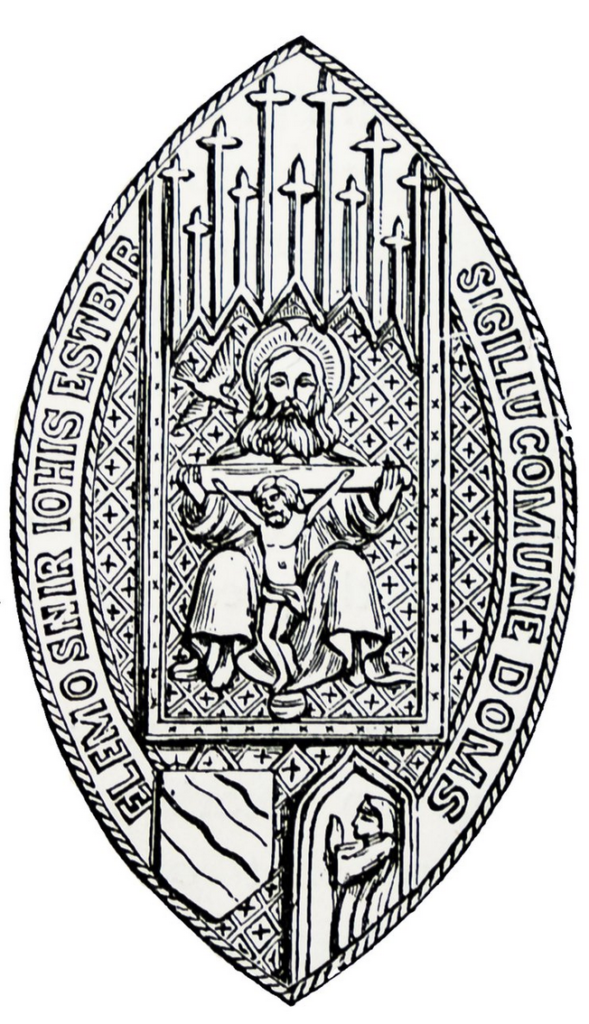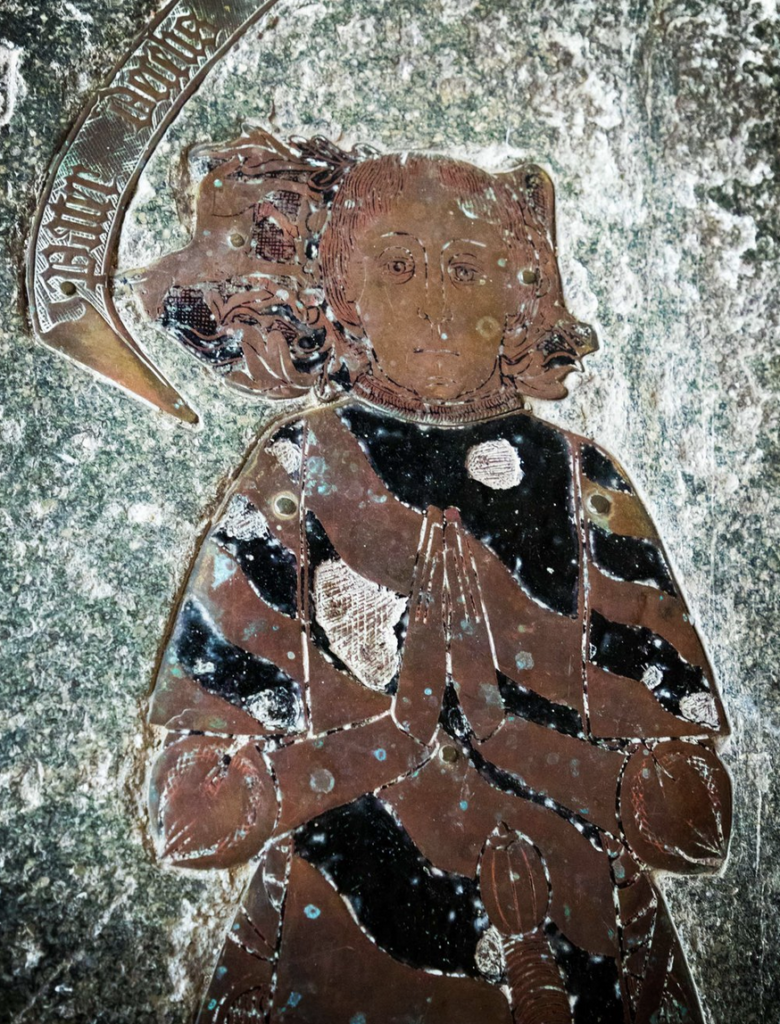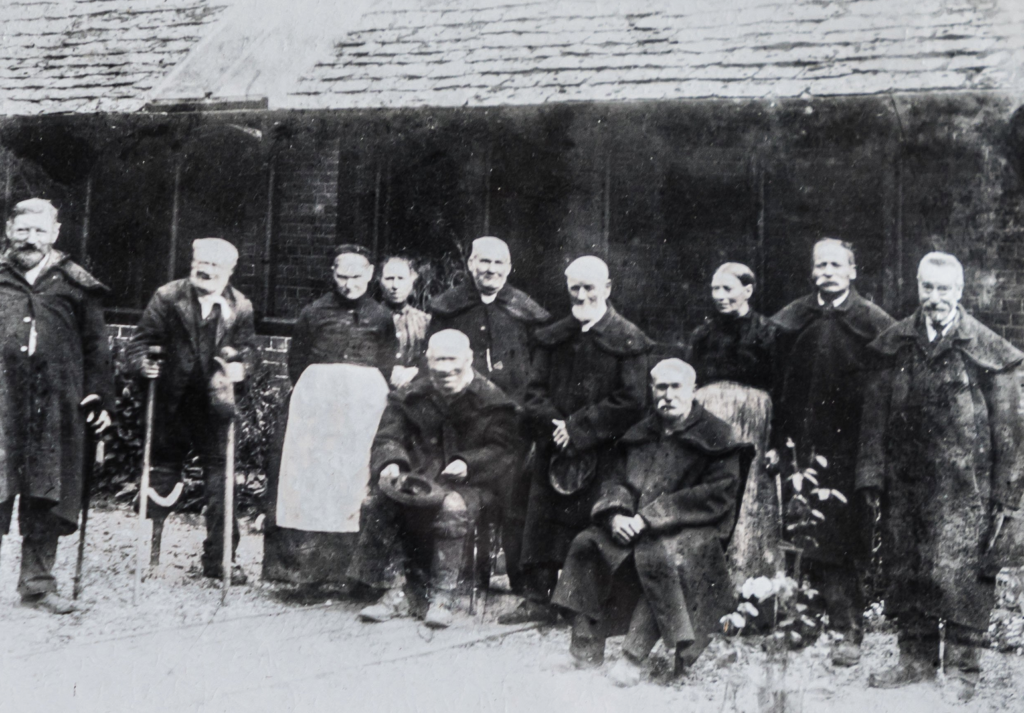
Long before social housing became a responsibility of the state, almshouses were providing a home for the most vulnerable in society. Almshouses trace their origins back over a thousand years, usually established at the behest of wealthy donors. Many were associated with a chantry chapel dedicated to the benefactor in the local church. Today there are over 1,700 independent almshouse charities providing homes for around 35,000 residents throughout the United Kingdom. Each almshouse charity is now regulated by a ‘scheme’ approved by the Charity Commission and administered by a board of volunteer trustees. Such schemes mandate the organisation of the charity, the management of its assets and criteria for appointing residents. This noble tradition continues today in Lambourn as The Almshouses of John Isbury & Jacob Hardrett.
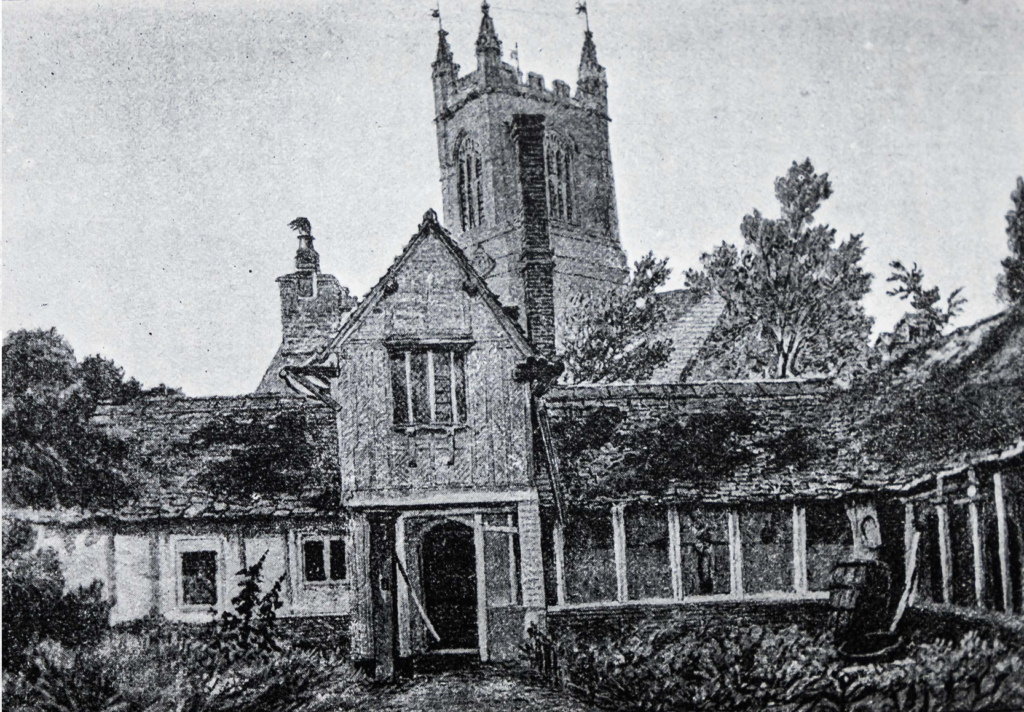
The first recorded almshouses in Lambourn were those founded by John Rogers, Sheriff of Berkshire in 1446 who made provision in his will for five almsmen and a priest. Each almsman was to be paid eightpence per week and the priest, thought to be the chantry priest of S. Katherine’s Chapel in the parish church, nine shillings and fourpence, four times a year. In addition to fire wood, both priest and almsmen were provided with measures of Bruton russet cloth every third year. The Reformation saw the dissolution of the chantry, but the poor men remained unmolested in their almshouses. Ownership of Rogers’ land passed to Sir William Essex and his heirs and by the end of the 16th century the almshouses were in a ruinous state, causing another landowner, Jacob Hardrett, to intervene in 1627. Hardrett made financial provision to support the charity, now bearing his name, and drew up wide-ranging rules for its management. Almsmen were to be “of a humble spirit, fearing God and frequenting the Church”. Indeed they were each morning in their chamber to confess their sins and attend prayer for an hour at S. Katherine’s Chapel each morning and evening.

By the 19th century the dwellings were again in poor repair and the Rev. Henry Hippisley of Lambourn Place had them substantially rebuilt in 1827, renaming them Place Almshouses. Modernisation in the 20th century reduced the number of houses to three which remain to this day along the south side of Chapel Lane.
In 1502 Henry VII granted a licence to John Estbury (Isbury) to found a perpetual chantry and almshouse for 10 poor men in Lambourn. The Chantry Chapel of the Holy Trinity was appended to the south of the parish church and an almshouse adjoining the churchyard to the north. On his death in 1508 Estbury left his entire estate to the maintenance of the almshouses, chantry chapel and its priest. Following the dissolution of chantries in 1547 little is know of the fortunes of the almsmen and priest until 1589 when Queen Elizabeth ordered the Archbishop of Canterbury to conduct an inquiry. By examination of John Estbury’s founding deeds the governance of the almshouses was redefined. Two supervisors were appointed, the first being the Warden of New College, Oxford, the second to oversee the day to day administration.
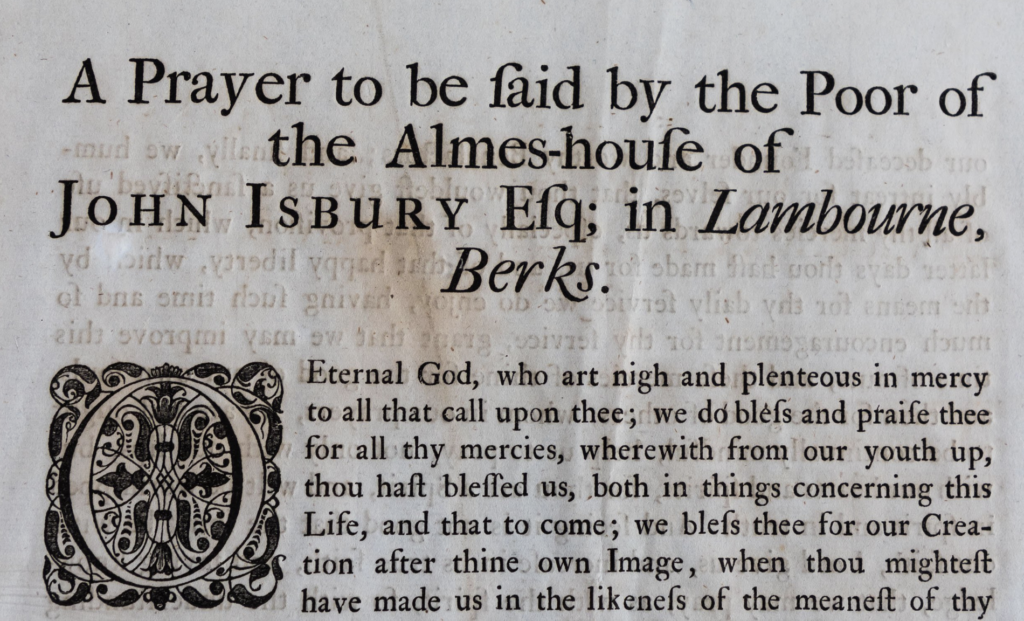
Almsmen were to be “poor men, humble in spirit and destitute, chaste in body, and reputed of honest conversation”; 8 to be appointed by the second supervisor, and two by the Warden. Among other benefits each almsman received “six ells of frieze to make every one of them a gown” every second year, but a commitment to two visits daily to the Holy Trinity Chapel to say psalms and kneel round their benefactor’s tomb, reciting the Lord’s Prayer.
The post of local supervisor was held by successive members of the Hippisley family and in 1852 the same Henry Hippisley who rebuilt the Hardrett Almshouses embarked on the rebuilding of the Isbury Almshouses as we see them today. Expense, possible insolvency and a lengthy dispute with the Charity Commission led to the appointment of a board of trustees to take over the administration of the charity. Hippisley remained as an ex-officio trustee and the family connection endured until 1960 when his granddaughter resigned.

